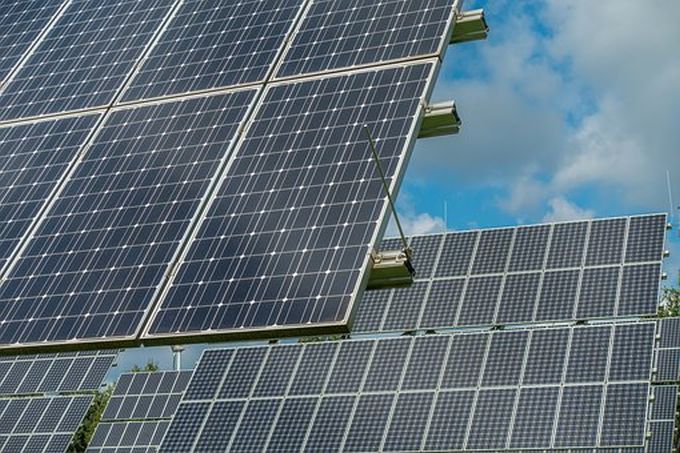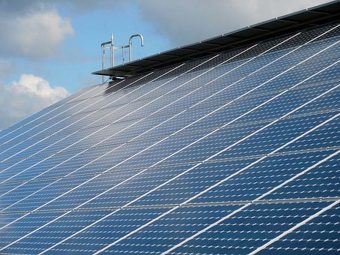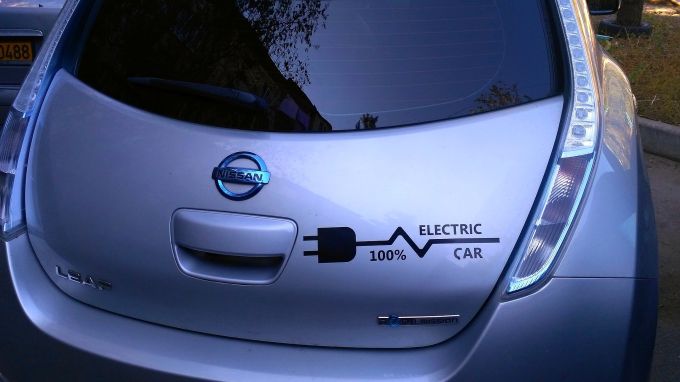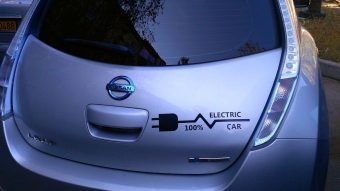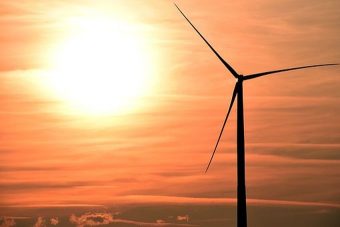
The director of one of Spain’s top power companies has predicted the country will eventually become 100 per cent relaint on renewable energy.
Acciona boss Miguel Ezpeleta said there is currently enough wind energy being generated to power 29m Spanish homes every day.
He told Australian news channel, ABC News: “The important thing is to predict and forecast what is going to happen.
“I think people are going to tell me we’re crazy but I’m pretty sure we’ll arrive at 100 per cent for one moment for sure.”
The firm, which monitors 9,500 wind turbines across the world from its base in Pamplona in northern Spain, said a new nighttime record was set in November last year when wind energy provided 70 per cent of the country’s energy.
The daytime record was hit in January 2015 when wind accounted for 54 per cent of energy used.
The drive for clean energy is part of a move by the country, which has no oil or natural gas deposits, to become energy independent.
The European Union has set a target for Spain to fulfill 20 per cent of all its energy needs with renewable energy by 2020 – it is currently at 17.4 per cent.
But critics say the focus on renewables has done nothing to make energy more affordable – with some suggesting the price has increased by up to 60 per cent since 2006.
One local resident in Falces near Pamplona, Maria Angeles Verjara, told ABC News: “Every day is getting more expensive. I don’t know if it’s because of the taxes or why”.
But Acciona said these problems can be combated with proper management.
The director for the Asia-Pacific region, Javier Montes, said: “Properly managed, there should be no issues with that. The examples in Europe show that.
“The one thing going in Spain’s favour is that the electrical system has been built with the goal of making it very reliable and able to take very heavy knocks with extreme weather events or major technical failures.”
By contrast the UK is set to fail to achieve its target of 15 per cent renewables by 2020, the Energy and Climate Change Committee concluded last month.
Committee chair Angus MacNeil MP said: “The experts we spoke to were clear: the UK will miss its 2020 renewable energy targets without major policy improvements.
“Failing to meet these would damage the UK’s reputation for climate change leadership.
“The Government must take urgent action on heat and transport to renew its efforts on decarbonisation.”
Source: independent.co.uk


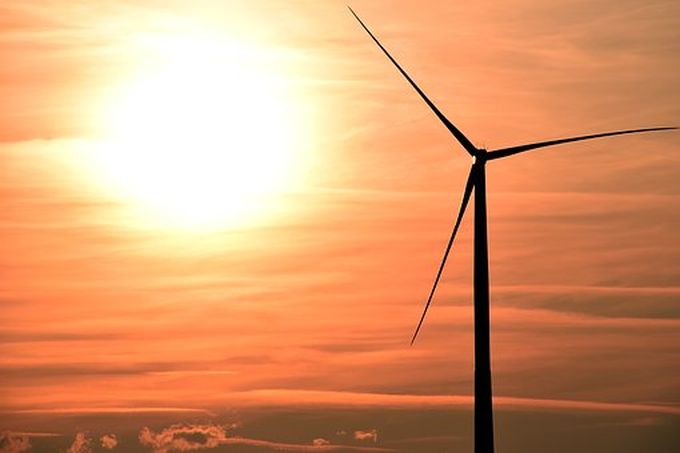


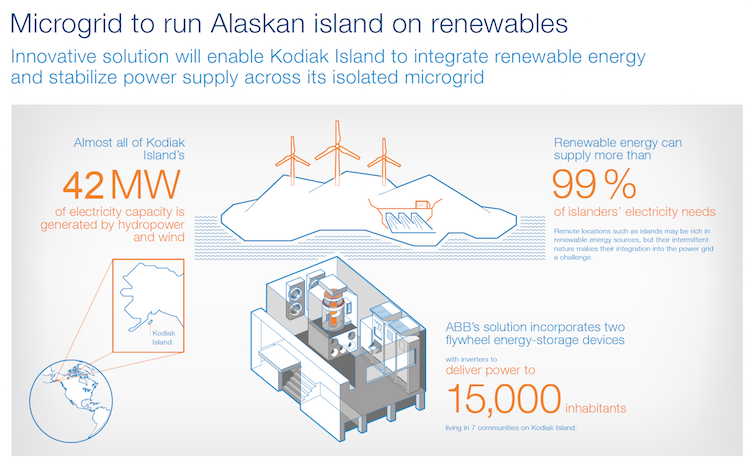
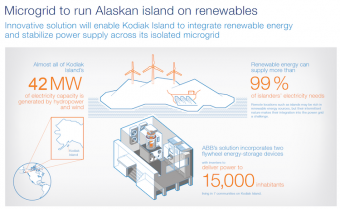 Low-carbon microgrids have assumed a place in the strategic agendas of some of the world’s largest power and industrial engineering corporations. That includes Swedish-Swiss ABB, whose roots in the now fast moving microgrid market segment date back some 25 to 30 years.
Low-carbon microgrids have assumed a place in the strategic agendas of some of the world’s largest power and industrial engineering corporations. That includes Swedish-Swiss ABB, whose roots in the now fast moving microgrid market segment date back some 25 to 30 years.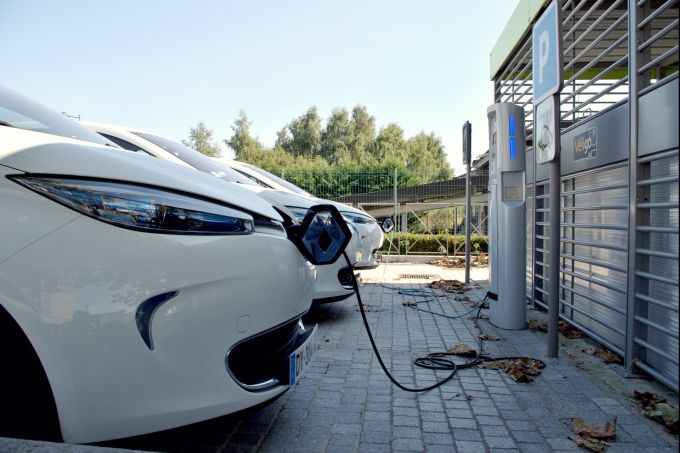
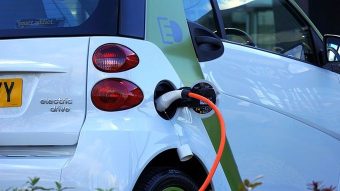
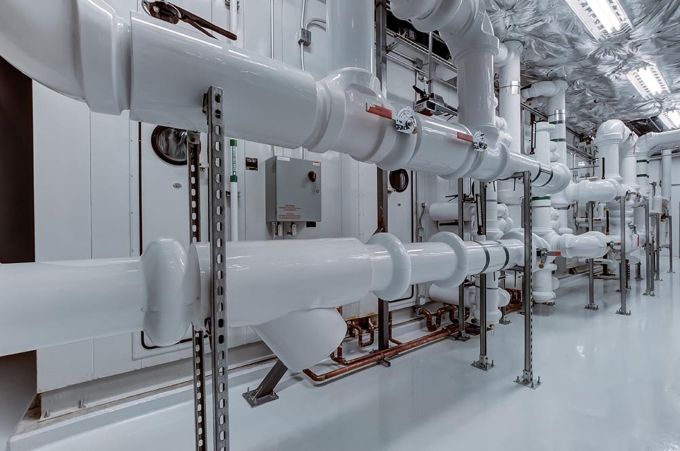
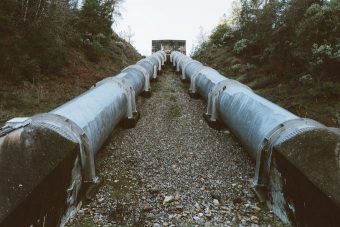

 H.E. Dr. Thani Ahmed Al Zeyoudi, Minister of Climate Change and Environment, inaugurated the UN Environment Program Finance Initiative’s 14th Global Roundtable event, hosted by the United Arab Emirates, represented by the Ministry of Climate Change and Environment and in collaboration with the UAE’s Central Bank, for the first time in the region on 25-26 October 2016 at the Grand Hyatt Hotel in Dubai.
H.E. Dr. Thani Ahmed Al Zeyoudi, Minister of Climate Change and Environment, inaugurated the UN Environment Program Finance Initiative’s 14th Global Roundtable event, hosted by the United Arab Emirates, represented by the Ministry of Climate Change and Environment and in collaboration with the UAE’s Central Bank, for the first time in the region on 25-26 October 2016 at the Grand Hyatt Hotel in Dubai.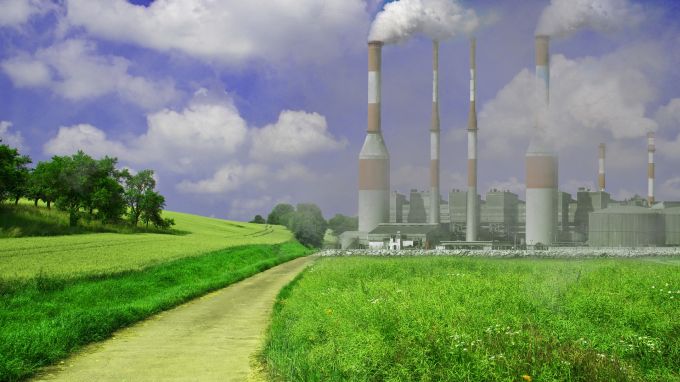
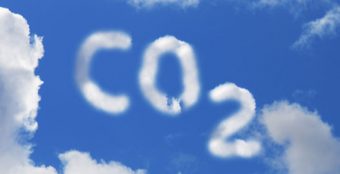
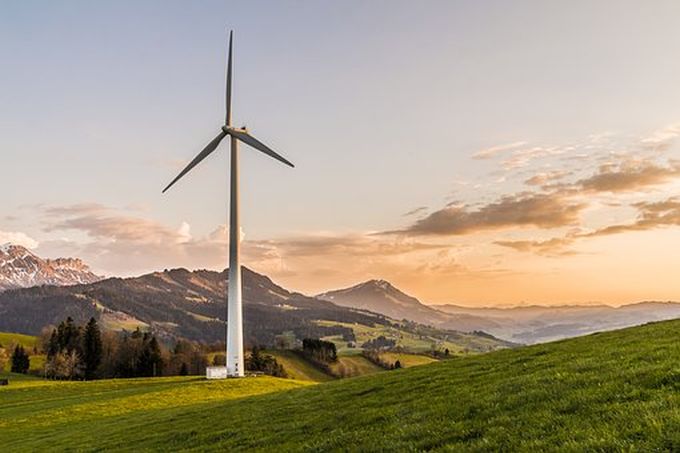
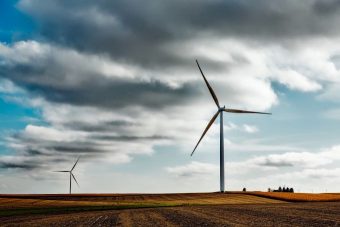
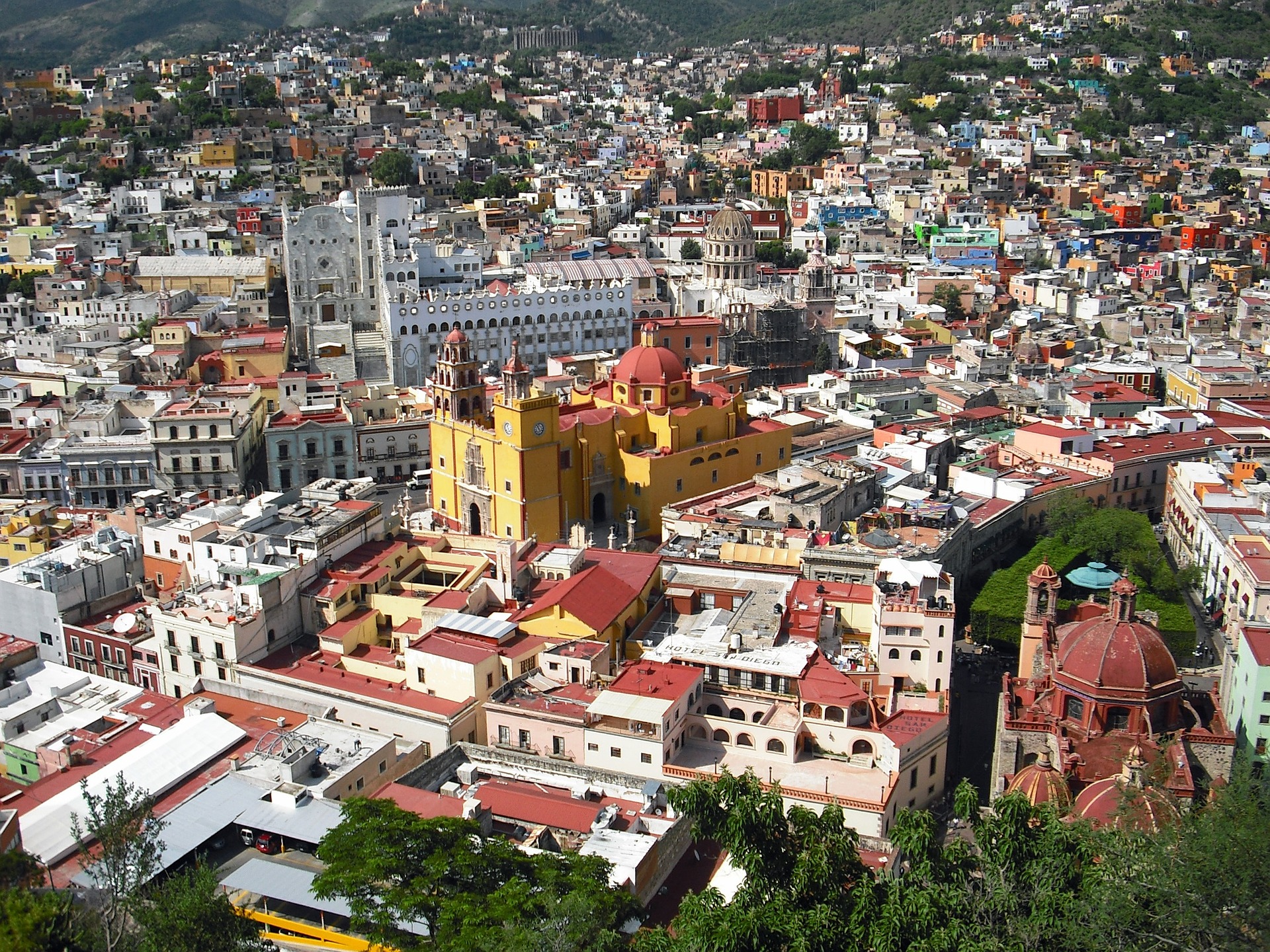
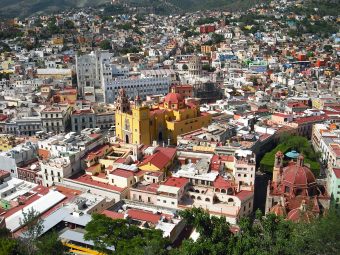
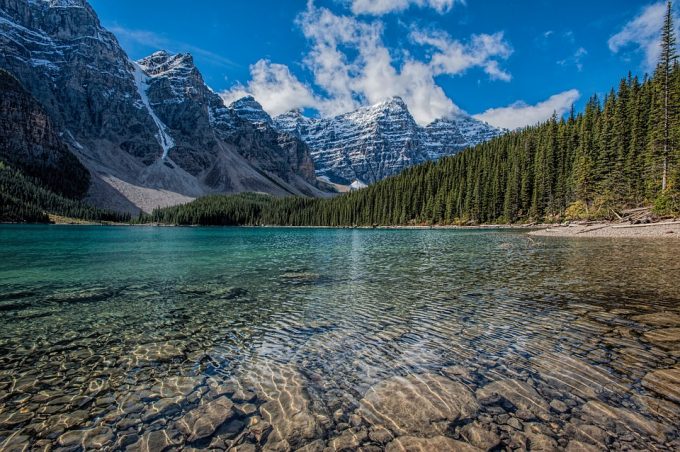

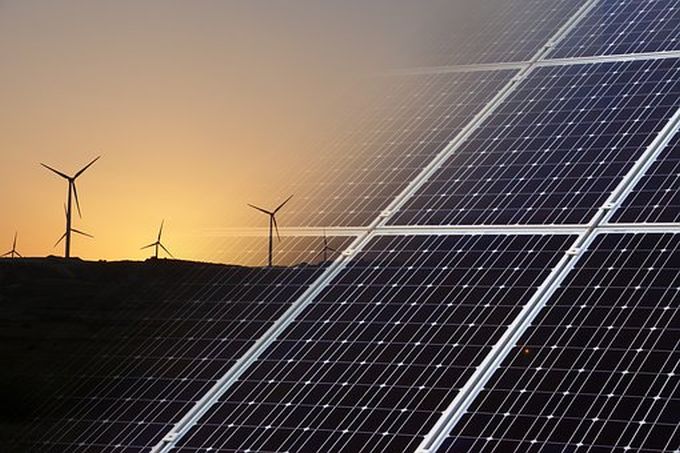
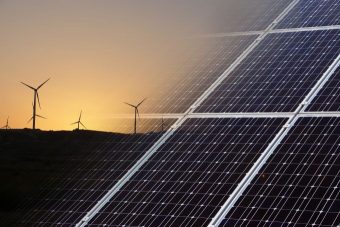

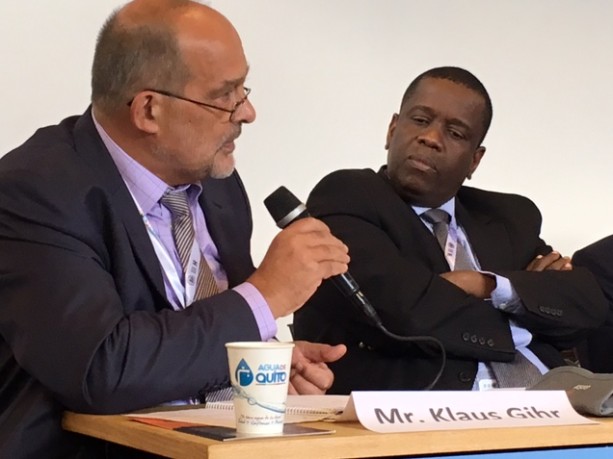
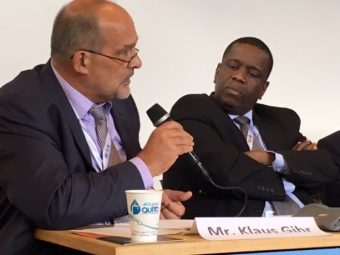 The international community has ended the global housing conference in Quito with the ratification of common guidelines for sustainable urban development in the form of the “New Urban Agenda.” KfW attended many of the conference’s events and presented its activities in cities and worked with other attendees from around the world to find solutions for rapid urbanization.
The international community has ended the global housing conference in Quito with the ratification of common guidelines for sustainable urban development in the form of the “New Urban Agenda.” KfW attended many of the conference’s events and presented its activities in cities and worked with other attendees from around the world to find solutions for rapid urbanization.
 A Dispute Resolution and Negotiation Centre was established today by the Secretariat. Its launch comes as a response to signals that the settlement alternatives currently available for energy disputes no longer respond to the needs of national authorities and stakeholders, in particular small and medium enterprises and consumers.
A Dispute Resolution and Negotiation Centre was established today by the Secretariat. Its launch comes as a response to signals that the settlement alternatives currently available for energy disputes no longer respond to the needs of national authorities and stakeholders, in particular small and medium enterprises and consumers.